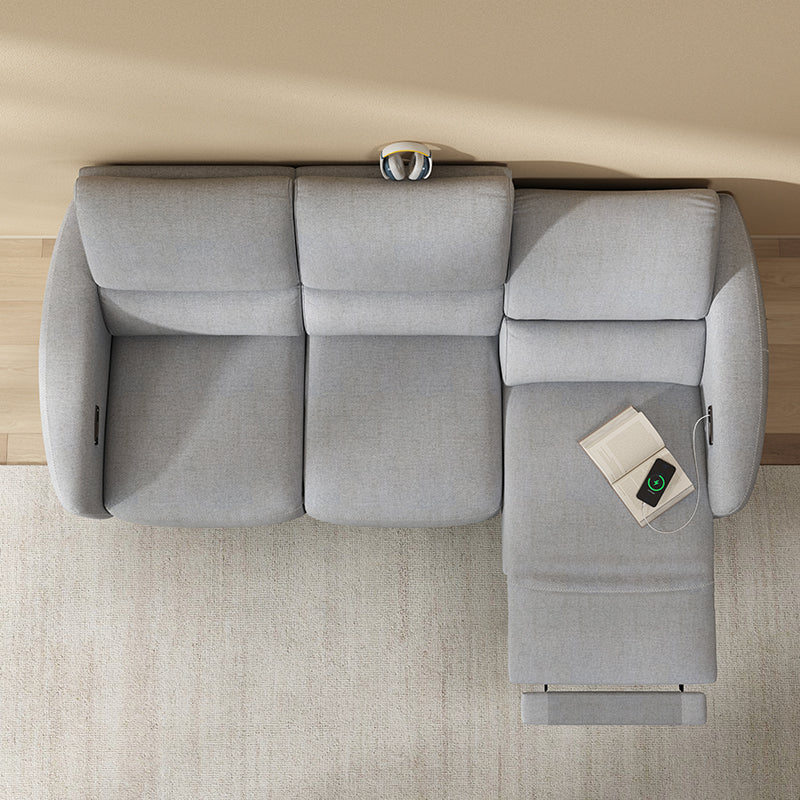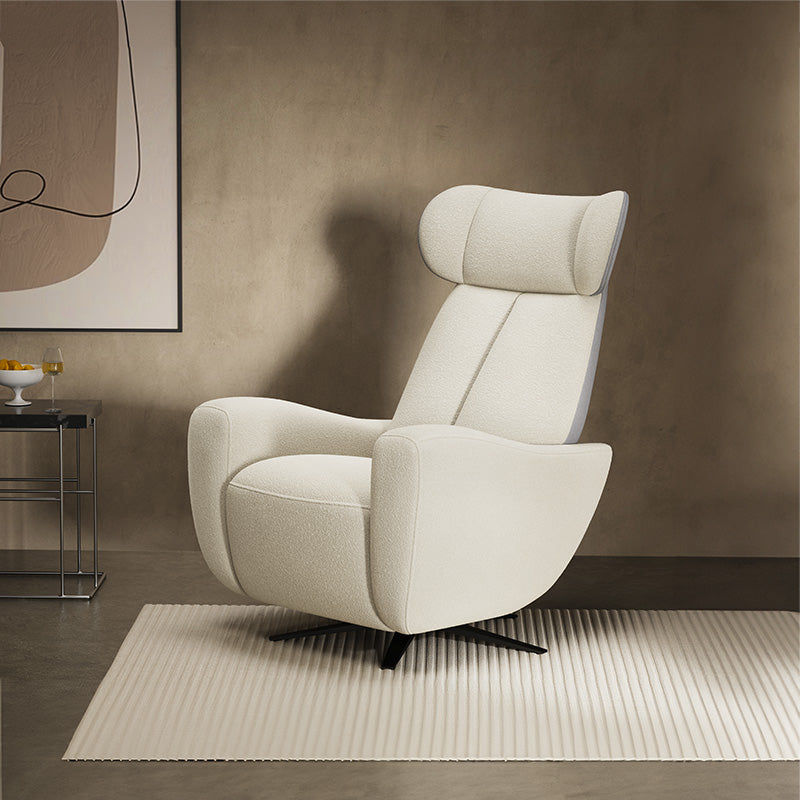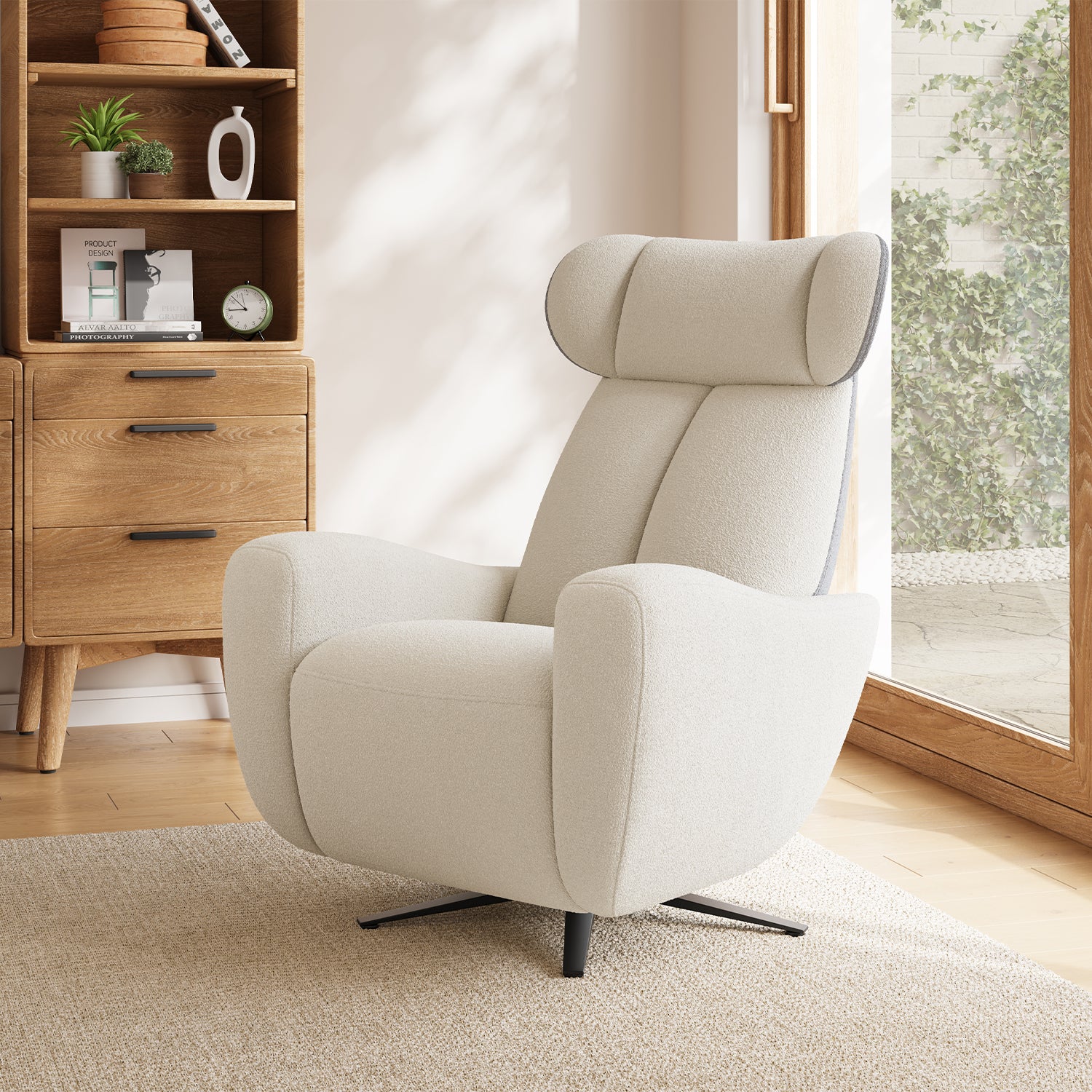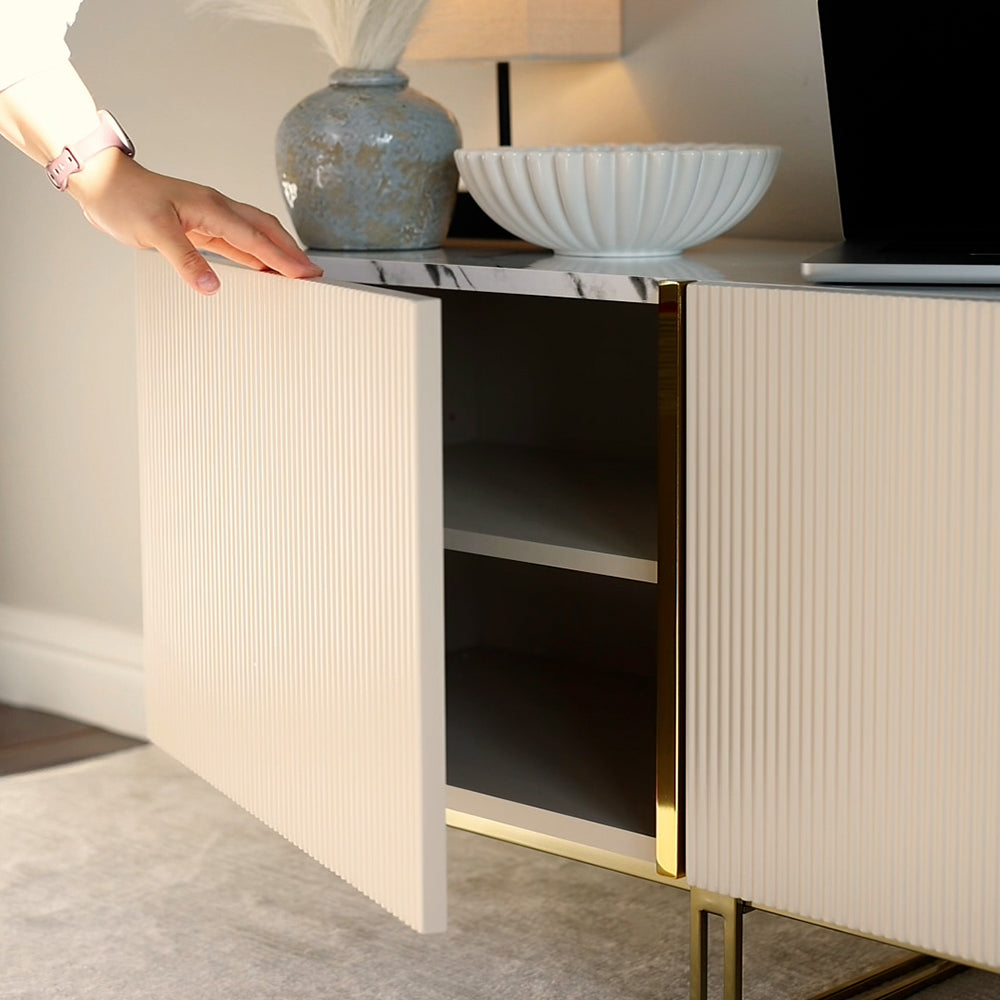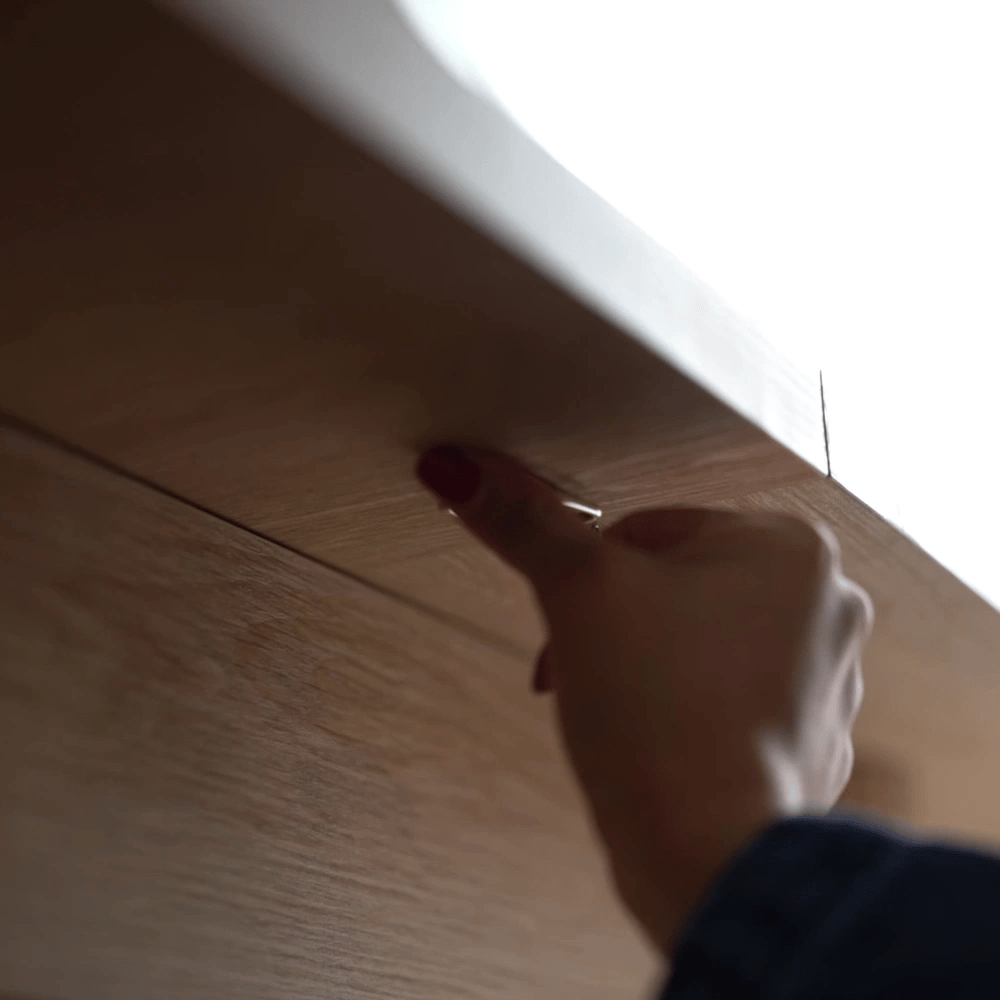Cats are naturally inclined to scratch as it helps them mark territory, stretch their muscles, and maintain their claws. However, this instinct can lead to frustration for pet owners when beloved furniture becomes the target. If your cat is scratching your couch, there are several strategies you can employ to redirect this behavior and protect your furniture. This article outlines effective methods to stop your cat from scratching your couch while ensuring they remain happy and healthy.
Table of Content
1. Why Cats Scratch?
Claw Maintenance:
Scratching helps cats shed old claw sheaths, keeping their claws sharp and healthy.
Territory Marking:
Cats have scent glands in their paws, and scratching is a way to mark their territory.
Stress Relief:
Scratching can be a form of stress relief or a way to release pent-up energy.Recognizing the reasons behind your cat’s behavior can help you choose the right solutions.

2. Step 1: Provide Alternatives
One of the most effective ways to deter your cat from scratching your couch is to provide them with appealing alternatives.
Scratching Posts:
Invest in a variety of scratching posts made from different materials like sisal, cardboard, or carpet. Experiment with different heights and styles to see which your cat prefers. Place them near the couch or in areas where your cat likes to scratch.
Cat Trees:
Many cats enjoy climbing, so a cat tree that includes scratching surfaces can be a great addition. This not only gives them a place to scratch but also provides a fun environment for play.
Cardboard Scratchers:
Cats love scratching cardboard, and these can be an inexpensive and effective option. Place them in different areas to encourage scratching away from your furniture.
3. Step 2: Make the Couch Less Appealing
In addition to providing alternatives, you can make your couch less attractive to scratch.
Furniture Covers:
Use slipcovers or furniture protectors that are specifically designed to deter scratching. These can provide a physical barrier between your cat and the fabric.
Double-Sided Tape:
Cats generally dislike sticky surfaces. Applying double-sided tape to the areas of the couch where your cat tends to scratch can discourage them. The unpleasant texture will deter them from returning to that spot.
Sprays:
There are commercial sprays available that can deter cats from scratching. Look for sprays with scents that cats dislike, such as citrus or bitter apple. Spray these on your couch (test on a small area first) to make it less inviting.
4. Step 3: Positive Reinforcement
Training your cat to scratch in appropriate places can also be achieved through positive reinforcement.
Rewarding Good Behavior:
Whenever your cat uses the scratching post or an alternative, reward them with treats, praise, or petting. This helps them associate the scratching post with positive experiences.
Redirecting Scratches:
If you catch your cat in the act of scratching the couch, gently redirect them to the scratching post. Avoid yelling or punishing them, as this can create fear and anxiety.
Routine and Consistency:
Establish a routine where you regularly guide your cat to their designated scratching areas. Consistency is key to reinforcing this behavior.
5. Step 4: Addressing Stress and Boredom
Sometimes, cats scratch furniture due to stress or boredom. Here’s how to address these issues:
Playtime:
Engage your cat in regular play sessions using toys like feather wands, laser pointers, or interactive toys. This helps burn off energy and keeps them mentally stimulated.
Environmental Enrichment:
Provide various enrichment activities, such as puzzle toys or cat-friendly indoor plants, to keep your cat entertained. Rotate toys regularly to maintain their interest.
Safe Spaces:
Ensure your cat has cozy, quiet spaces where they can retreat when they feel overwhelmed. This can reduce stress and minimize destructive behavior.
6. Step 5: Trim Claws Regularly
Regularly trimming your cat’s claws can help minimize damage to your furniture. Use cat-specific nail clippers and take care to only trim the sharp tips. If you’re unsure how to do this, consult your veterinarian or a professional groomer for guidance.
7. Step 6: Consult a Professional
If your cat continues to scratch your couch despite your efforts, consider consulting a veterinarian or a feline behaviorist. They can help identify underlying behavioral issues or stressors and provide tailored solutions.
8. Conclusion
Stopping your cat from scratching your couch can require patience and persistence, but with the right strategies, it is entirely achievable. By providing appropriate alternatives, making the couch less appealing, reinforcing positive behavior, and ensuring your cat is mentally and physically stimulated, you can redirect their scratching habits effectively. Remember that scratching is a natural behavior, and your goal is to redirect it rather than eliminate it. With time and effort, both you and your cat can coexist peacefully, preserving your furniture while keeping your furry friend happy/
If you want to buy our home furniture or couch for living room, you can check out more on our store

